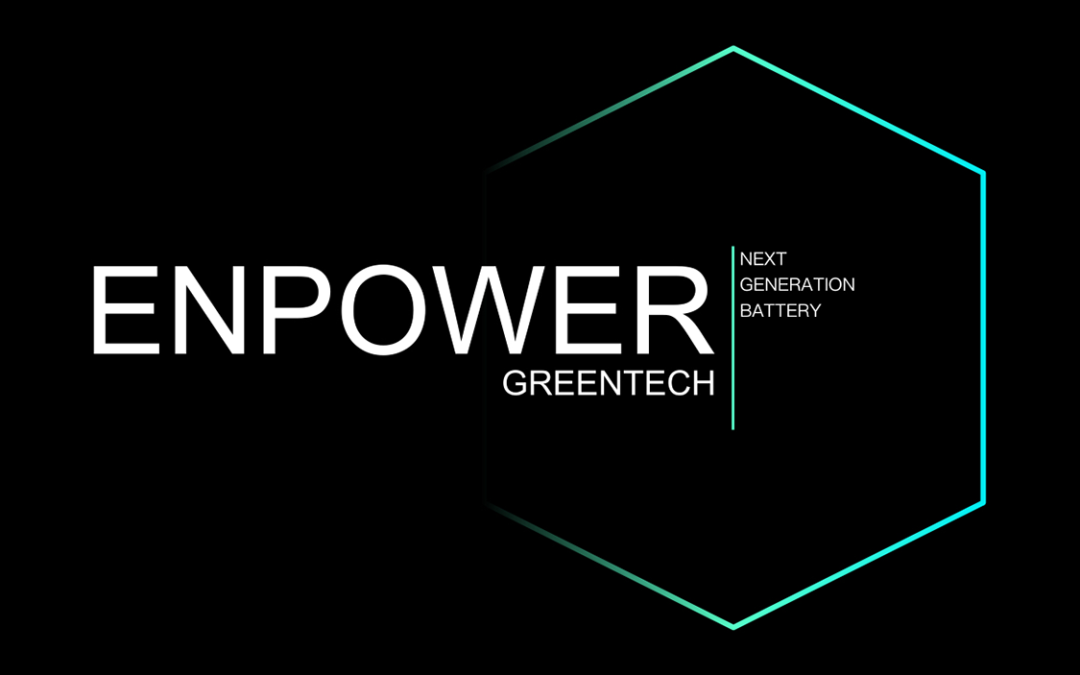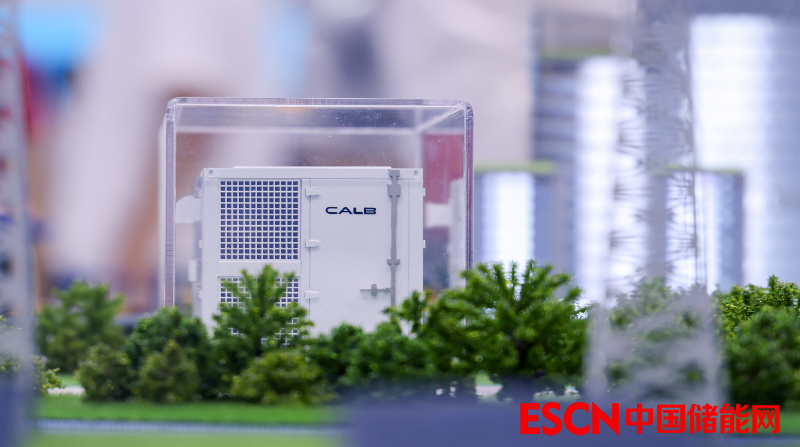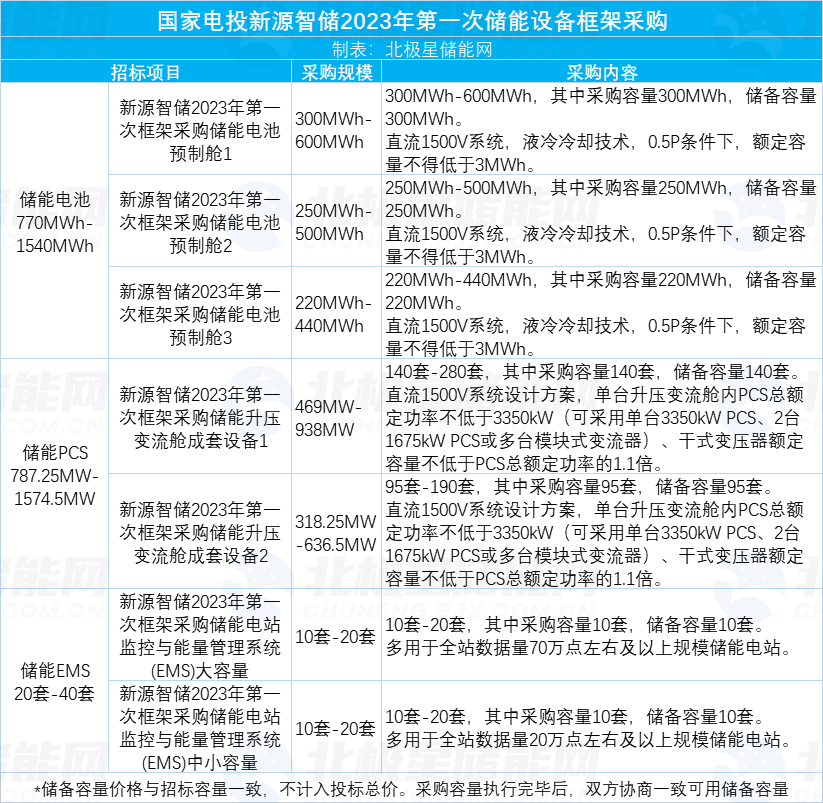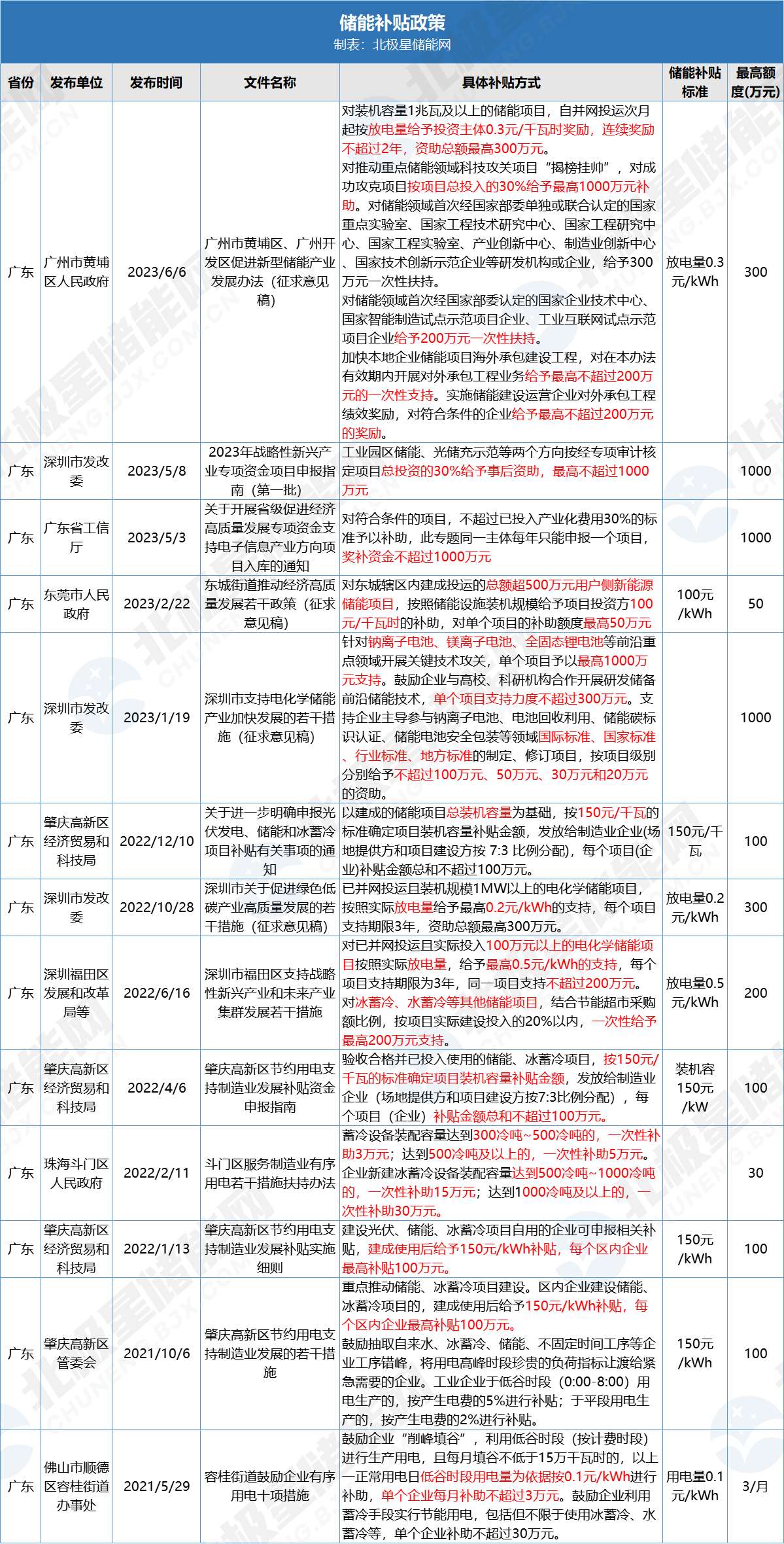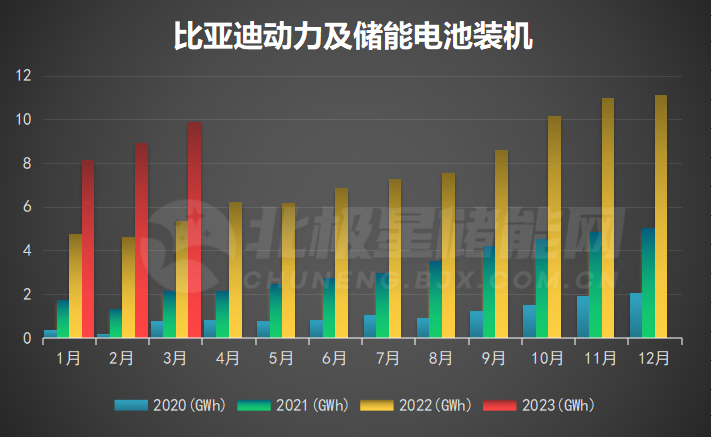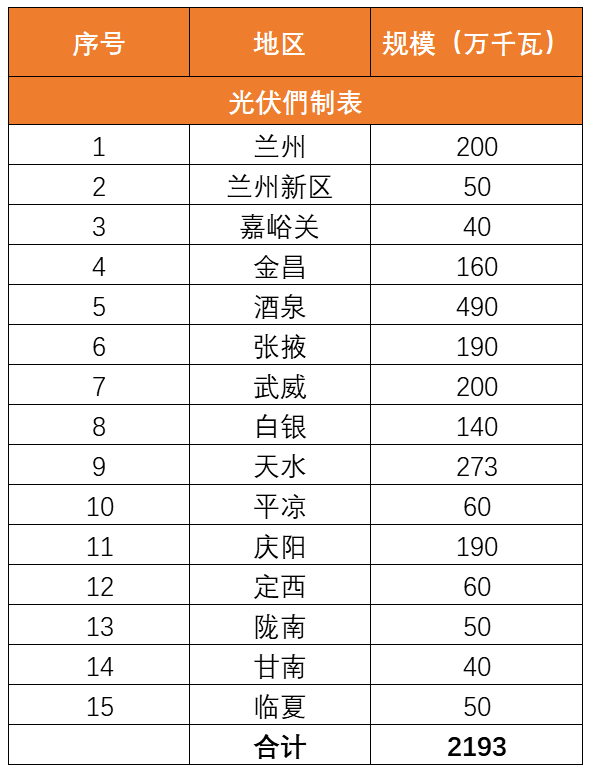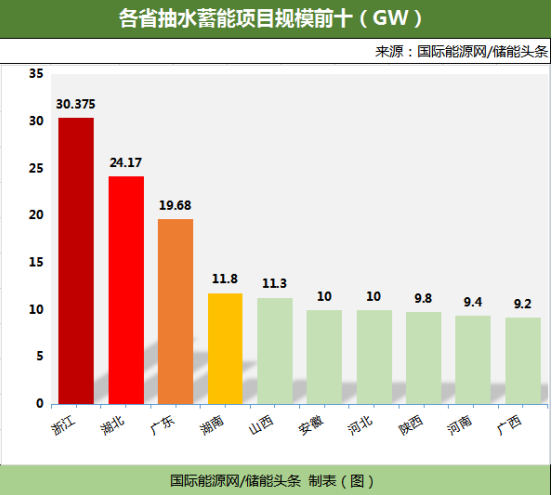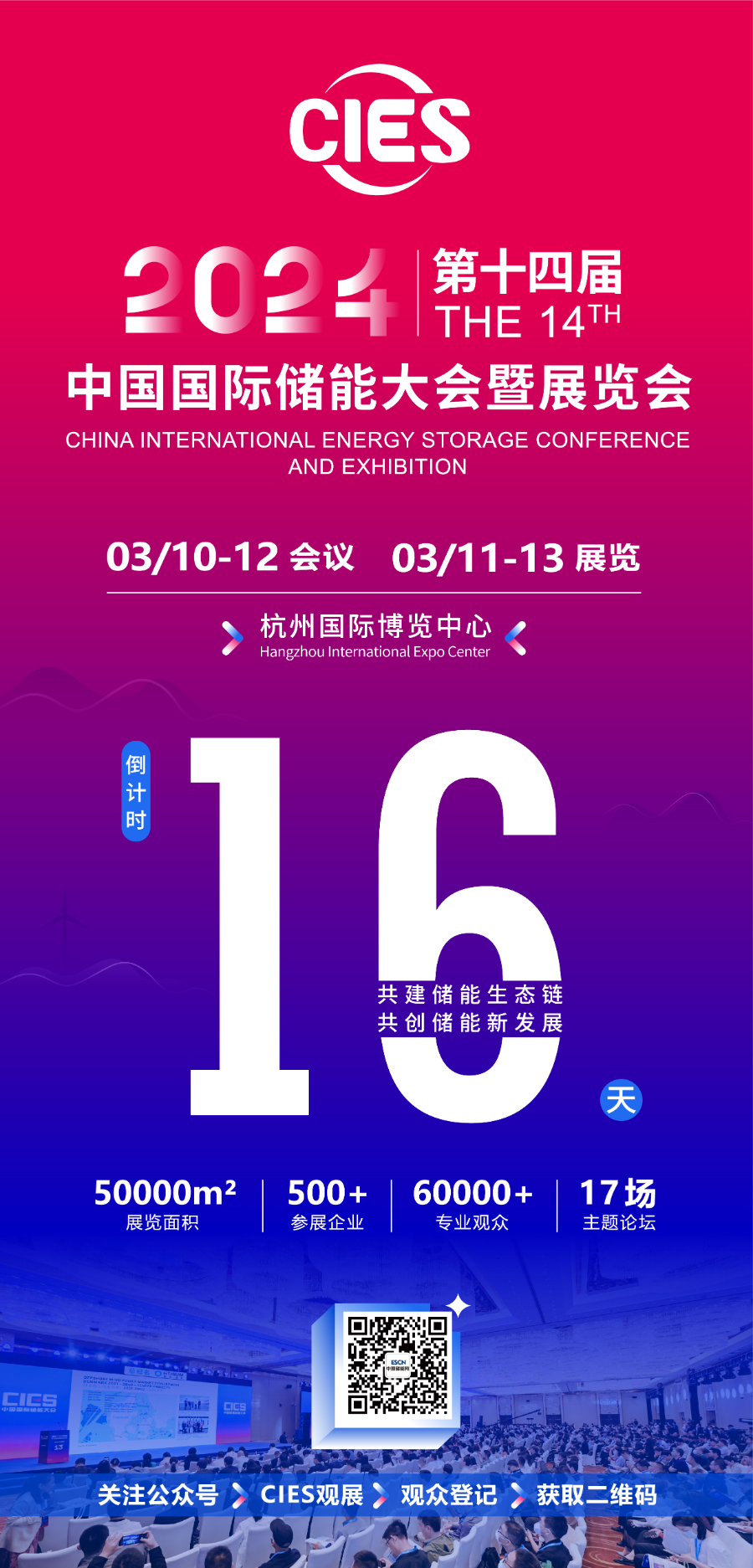网讯:欧盟委员会的选举在6月6日至9日举行,在这一关键时刻,欧洲储能协会(EASE)呼吁欧盟政策制定者认识到储能系统在解决能源行业挑战中发挥的重要作用。
随着欧盟选举的临近,欧洲储能协会再次强调在今年3月发布的“宣言”的重要性。该协会在宣言中明确指出,储能系统不仅是提升能源安全和工业竞争力的“关键工具”,更是降低欧洲能源费用和推动脱碳进程的重要驱动力。

据媒体报道,气候问题已经成为欧盟成员国中备受关注的一个热门话题,而自从2022年俄乌冲突导致进口天然气成本大幅攀升以来,能源成本一直成为头条新闻。
欧洲储能协会认为,储能系统与可再生能源发电设施相结合,可以取代天然气调峰电厂,减少对进口化石燃料的依赖。此外,清洁能源产生的电力还能有效稳定电力供应,降低消费者和工业用户由于波动电价带来的经济压力。
与此同时,欧盟面临着无法实现2030年脱碳目标的潜在风险。然而,通过充分利用储能技术,可以最大限度地利用可再生能源的电力,显著减少输配电基础设施升级的成本,并有效缓解日益加剧的电网拥塞问题,从而降低这些风险。
根据统计,仅在2022年,电网拥塞给德国造成的损失高达40亿欧元(约合43.6亿美元)。更令人关注的是,德国去年甚至经历了15万次以上的电力供应中断,凸显了电网的脆弱性和不稳定性。此外,欧洲储能协会的研究报告表明,欧洲大约60%的能源依赖进口,这进一步加剧了能源安全和稳定性的挑战。
欧洲的储能部署正在加速,2023年新增了10GWh以上的储能系统,其中约70%是住宅电池储能系统。
欧盟立法者已经认识储能系统发挥的重要作用,以实现到2040年90%的电力来自可再生能源以及到2050年实现净零经济的目标,同时确保能源安全和供应稳定。
2023年4月,欧盟能源专员Kadri Simson在对欧洲议会成员的演讲中将储能系统描述为能源转型的“核心”, 而在几个月后,随着电力市场设计改革的提出和欧盟对改革的投票通过,这一观点得到了进一步的强化。这些改革措施明确指出,如果不加大储能系统的部署力度,就不可能增加可再生能源的份额。
然而,欧洲储能协会表示,尽管有这些计划和改革,但它们在解决储能部署所面临的障碍方面仍显不足。
欧洲储能协会在今年年初表示,一些欧盟成员国的国家能源和气候计划(NECP)草案在支持储能部署方面存在很大不足。在这些计划中,仅有西班牙和葡萄牙的国家能源和气候计划(NECP)在三项关键指标中的两项被评估为“走在正确的道路上”,而其他27个国家的计划则在所有三个方面均未获得认可与。
为了推动储能行业的发展,欧洲储能协会提出了“六点计划”,旨在消除障碍,实现长期投资确定性。这一计划将针对当前储能部署所面临的挑战,提出一系列具有针对性和可行性的建议。

欧洲储能协会的宣言包含六点计划,以实现所设定的各项目标:
(1)加快监管改革,消除储能部署的持续障碍,确保国家能源和气候计划(NECP)符合欧盟的目标。这将包括迅速实施电力市场设计改革和欧盟期待已久的清洁能源一揽子计划,同时解决后者的“法律模糊性”。
(2)制定欧盟储能战略。欧洲储能协会表示,欧盟成员国已经引入了不同的计划和工具来支持储能部署,包括差价合约、容量市场和拍卖,这些计划和工具应该是一致设计和互补的。
(3)使欧盟供暖和制冷战略与气候和能源安全政策驱动因素保持一致。这将实现更高的效率和部门耦合。欧洲储能协会指出,在工业部门,使用储能系统技术可以在全球范围内回收约2500TWh的废热。
(4)迅速将2040年脱碳目标写入欧盟法律。今年早些时候泄露的一份草案设定了到2040年达到90%的目标,将欧盟置于这一轨道上,将为包括储能系统在内的清洁能源领域的投资者提供确定性。
(5)开发欧盟电力弹性市场和新的市场,这将整合不断上升的可再生能源份额,限制弃电,并以经济高效的方式解决电网拥塞问题。
(6)更新电网使用和并网费用结构,包括消除双重征税(大多数欧盟国家的储能系统在向电网排放和从电网接收电力时被收取两次费用,电网法规早在电池储能系统出现之前就已经制定),这意味着储能资源被定义为向电网供电的“发电设施”和从电网提取的“负载”,并相应收取费用。
‘Energy storage can meet Europe’s energy challenges’: Trade group EASE issues ‘manifesto’
By Andy Colthorpe
June 7, 2024
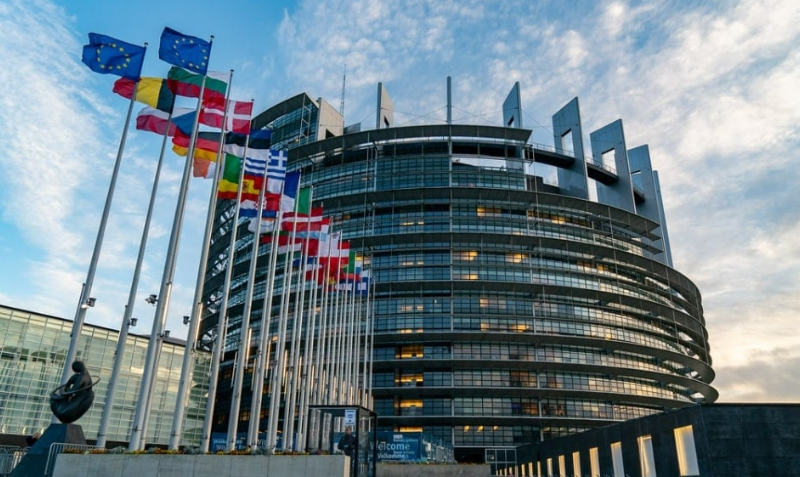
European Parliament elections are underway. Image: European Parliament.
Trade association EASE has urged policymakers to recognise the vital role energy storage can play in solving energy sector challenges as European Union (EU) elections take place.
With EU elections underway from 6-9 June, EASE—the European Association for Storage of Energy—sent out a media alert regarding a ‘manifesto’ it published in March ahead of the runup to voting. EASE said energy storage is a “crucial tool” to boost energy security and industrial competitiveness, help lower energy bills across Europe and enable decarbonisation.
According to various media reports, the climate is more of a hot-button topic than ever in some European Union Member States, while ever since the 2022 invasion of Ukraine by Russia sent the cost of imported gas skywards, energy costs have been a constant headline issue.
EASE argued that energy storage paired with locally generated renewable energy can replace gas peaker plants, reducing dependency on polluting fossil fuel imports. Clean energy technologies can also help stabilise and reduce consumer and industry exposure to high and volatile electricity prices.
At the same time, the risk of falling short of the EU’s 2030 decarbonisation targets can be mitigated by leveraging energy storage to maximise the adoption of renewables integration on the grid, reduce the cost of transmission and distribution (T&D) infrastructure upgrades, and decongest increasingly constrained networks.
Grid congestion costs in Germany alone totalled €4 billion (US$4.36 billion) in 2022. while the country experienced more than 150.000 electricity supply interruptions in the previous year. EASE also noted that around 60% of energy is imported across Europe.
Storage deployment in the continent is accelerating, with over 10GWh of new installations recorded in 2023, about 70% of which were residential battery systems.
At the top level, European Union lawmakers have recognised the potential roles energy storage must play in meeting goals that include 90% renewable energy by 2040 and a net zero economy by 2050 while maintaining and enhancing energy security and stability of supply.
In April 2023. European Commissioner for energy Kadri Simson described energy storage as a “centrepiece” of the energy transition in a speech to Members of European Parliament (MEPs), while proposed reforms to Electricity Market Design a couple of months later and since voted in for adoption by the EU highlighted that increasing shares of renewables would be impossible without energy storage deployment increasing.
However, the various plans have also contained missed opportunities to address barriers to storage deployment, according to EASE and the Energy Storage Coalition, which the trade association is part of, along with counterparts in solar PV, wind power, and Bill Gates’ Breakthrough Energy sustainability VC group.
At the beginning of this year, the Energy Storage Coalition also said that EU Member States’ draft National Energy and Climate Plans (NECPs) largely fell short in supporting energy storage. Only Spain and Portugal’s NECPs were assessed to be “on the right path” on two out of three metrics, and none of the 27 states’ plans were commended in all three areas.

‘Six-point plan: ‘Remove barriers, enable long-term investment certainty’
EASE’s manifesto contains a six-point plan to achieve the various goals set out:
1.Accelerate regulatory changes to eliminate persistent barriers to storage deployment and ensure NECPs are ambitious and in line with EU goals. These would include rapidly implementing Electricity Market Design reform and the EU’s long-awaited Clean Energy Package while addressing “legal ambiguities” in the latter.
2.Develop a European Union energy storage strategy. Various Member States have introduced different schemes and tools to support storage, including Contracts for Difference (CFDs), capacity markets and auctions, and these should be coherently designed and complementary, EASE said.
3.Align the EU Heating and Cooling Strategy with climate and energy security policy drivers. This would enable greater efficiencies and sector coupling, with EASE noting that in the industrial sector, for example, some 2.500TWh of waste heat could be recovered globally using energy storage system technologies.
4.To swiftly write into law 2040 decarbonisation targets. A leaked draft earlier this year set out the 90% by 2040 target, and putting the EU on that trajectory would provide certainty to investors in the clean energy sector including storage.
5.Develop local electricity flexibility markets and new market products, which would integrate rising shares of renewable energy, limit curtailment and cost-efficiently solve network constraints and congestion.
6. Update grid use and access fee structures, including the elimination of double taxation—where storage resources in most EU countries are charged fees twice, for discharging into the grid as well as for receiving power from it—taking into account the positive impact of energy storage on network management and decarbonisation. In most EU Member States, and in many other parts of the world, grid regulations were drawn up long before the advent of grid-connected battery storage, meaning that storage resources are defined as both ‘generators’ supplying into the grid and ‘load’ drawing from the grid, and levied charges accordingly.

